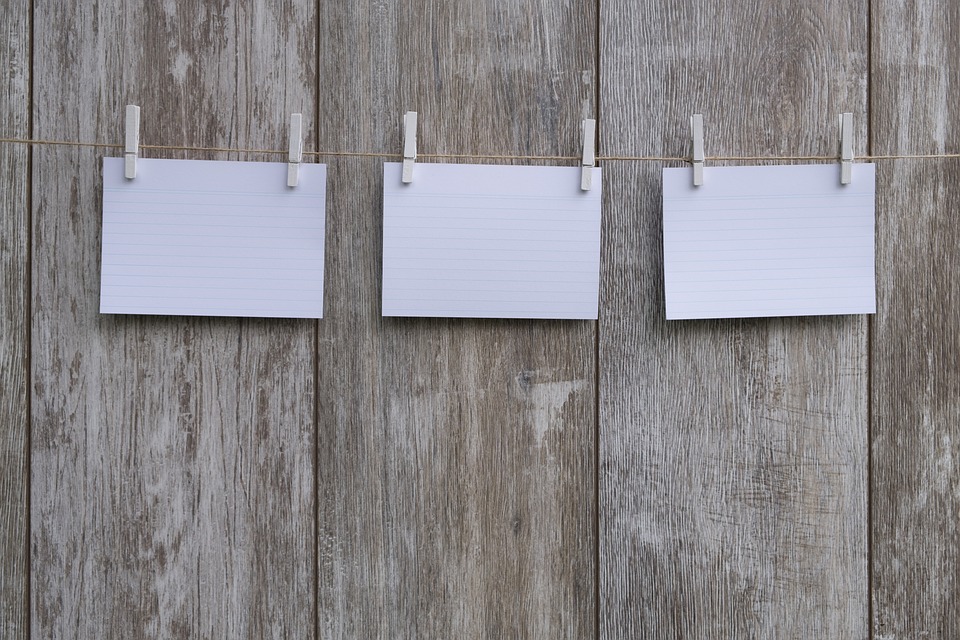Essential Guide to Buying and Organizing 0-3 Month Clothes for Newborns
Introduction
Welcoming a newborn into your family is an exciting time, and one of the most important preparations you’ll need to make is ensuring your baby has a well-stocked wardrobe. Newborns grow quickly, so it’s essential to understand what clothes you need and how to organize them effectively. This guide will provide an essential overview of buying and organizing 0-3 month clothes for your newborn, ensuring both practicality and convenience.
How Many Clothes Do You Need?
One of the first questions that new parents often have is how many clothes they will need for their newborn during the 0-3 month stage. While the exact number may vary depending on your baby’s habits and your personal preferences, a general guideline would be to have around ten to fifteen onesies or bodysuits, six to eight sleepers, three to five pairs of pants, and a few sets of mittens, socks, and hats. Additionally, having a few special outfits for occasions like outings or visits can be a great addition.
What Fabric Should You Choose?
It’s important to choose soft, breathable, and hypoallergenic fabrics for your newborn’s clothes. Natural fabrics like organic cotton and bamboo are excellent choices, as they are gentle on a baby’s sensitive skin and allow for proper ventilation. Avoid fabrics that may cause irritations, such as synthetic materials or those treated with harsh chemicals.
What Styles Are Recommended?
In the first few months of their lives, newborns spend most of their time sleeping, eating, and cuddling. Therefore, prioritize comfort and functionality when choosing clothing styles. Opt for onesies or bodysuits with snap closures at the crotch area for easy diaper changes and those with envelope necklines to avoid pulling over your baby’s head. Sleepers with enclosed feet and built-in mittens can keep your baby cozy. Choose clothing options without intricate designs or excessive embellishments that may cause discomfort.
Shopping Tips
When shopping for 0-3 month clothes, keep the following tips in mind:
Consider Sizing
Babies grow at different rates, so don’t solely rely on the “0-3 month” label. Pay attention to weight and length guidelines provided by the manufacturer. Additionally, it’s advisable to buy a mix of sizes to anticipate growth spurts.
Opt for Convenience
Look for clothes with convenient features like snaps or zippers for easy dressing and diaper changes. Avoid clothes with a high number of buttons or complicated closures, as they can be time-consuming and frustrating, especially during nighttime changes.
Stock Up on Basics
Newborns tend to go through multiple outfit changes due to spit-ups, diaper leaks, and spills. Purchase a larger number of basic essentials like onesies, sleepers, and pants to ensure you always have a fresh set available.
Organizing Your Baby’s Wardrobe
Now that you’ve purchased the necessary clothes, it’s essential to organize them efficiently to simplify your life and make dressing your newborn a breeze. Consider the following tips:
Sort by Size and Type
Separate clothes according to their size and type to quickly locate the outfits you need. Use different sections or compartments in your baby’s closet or dresser for each size range, ensuring optimal organization.
Labeling
Labeling drawers or shelves helps keep everything in its place, especially when other family members are assisting with dressing the baby. Utilize sticky notes, labels, or dividers to clearly indicate where each clothing item belongs.
Rotate and Store
As your baby grows, regularly go through their wardrobe to identify items they have outgrown. Remove these from the rotation and store them separately. This practice saves time and effort when selecting an appropriate outfit for your little one.
FAQs
Should I buy only new clothes for my newborn?
While new clothes can be appealing, newborns quickly outgrow them, making it more practical and economical to opt for gently used clothes or hand-me-downs. Ensure that any used clothes are in good condition and have been properly cleaned before use.
What should I consider while washing my baby’s clothes?
To protect your baby’s delicate skin, wash new clothes before using them. Use a gentle, hypoallergenic detergent that is free from dyes and fragrances. It’s also preferable to air-dry baby clothes to minimize any potential damage from high heat.
How often should I change my baby’s clothes?
Newborns may require multiple clothing changes throughout the day due to accidents or spills. Aim to change your baby’s clothes whenever they become soiled, wet, or uncomfortable. Keeping spare outfits easily accessible allows for quick changes without disrupting their routine or comfort.
What should I do with clothes my baby has outgrown?
Consider donating or passing down clothes your baby has outgrown. Many charitable organizations accept gently used baby clothes to support families in need. Alternatively, sharing them with friends or family members expecting a baby can be a thoughtful gesture.
In conclusion, buying and organizing 0-3 month clothes for newborns requires attention to detail and efficient planning. By choosing the right fabric and styles, shopping smartly, and organizing your baby’s wardrobe effectively, you can ensure your newborn is comfortable, stylish, and ready for any occasion. Remember to adapt these guidelines to your baby’s needs and preferences, and don’t hesitate to seek help or advice from experienced parents along the way.




